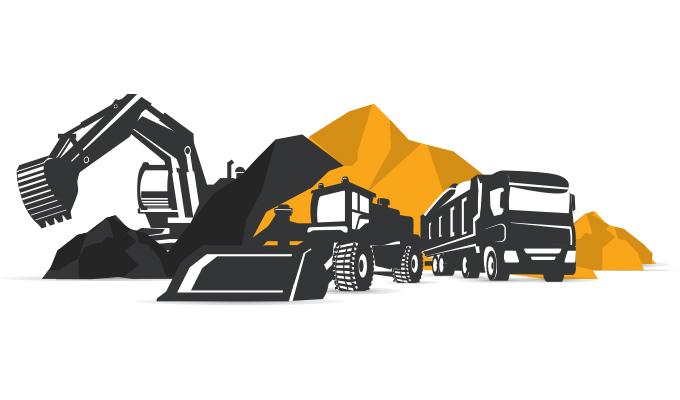For the modern contractor, having access to the latest cutting-edge tools and equipment provides a significant competitive advantage against competitors. Being able to finish your commercial projects fast and efficiently provides a huge boost to your bottom line. However, getting the right equipment and machinery also needs a significant cash outlay. It can be difficult for construction companies to pay for everything in full using their own capital.
Contractors have two choices when it comes to acquiring equipment—leasing and financing. Here is a comparison of the risks and benefits of equipment leasing versus equipment financing.
BENEFITS AND RISKS OF EQUIPMENT LEASING
Equipment leasing is renting a piece of equipment purchased by a lender from a vendor in exchange for monthly payments. At the end of the lease term, you have the option to renew the lease, return the piece of equipment, or purchase it. Equipment leasing provides the following benefits:
Little to no down payment. An equipment lease usually requires no money down and no additional collateral to secure. Since you only need to pay the flat monthly payments for the duration of the lease, you can keep a big part of your cash to fulfill other financial obligations and fund your growth.
Flexible lease terms. With equipment leasing, you can negotiate the payment structure and duration of the lease term that works for your business. In addition, you can have the option to renew the lease, purchase the equipment, or even trade the equipment for an updated version.
No repair responsibility. Leasing a piece of equipment does not transfer ownership to you. If the equipment breaks down or requires repair, the leasing company will take care of it.
Equipment leasing has the following disadvantages compared to equipment financing:
Higher total cost. Leasing a piece of equipment tends to have a higher overall cost compared to an equipment loan. The effective interest rate can go as high as 30% of the total cost.
Availability. Your choice of brand or model may not be available for lease so you may have to settle for a different one.
BENEFITS AND RISKS OF EQUIPMENT FINANCING
Equipment financing is getting a loan for the specific purpose of purchasing a piece of equipment. Here are the benefits of equipment financing:
Lower total cost. Like any type of loan, you need to pay interest on top of the principal. But with equipment financing, the total interest can be as low as 8%. The total cost is usually lower compared to the total cost of a lease for the same equipment.
No collateral. It is easier to qualify for an equipment loan because the loan is secured by the equipment you will purchase. No need to have additional collateral.
Tax benefits. According to Section 179 of the IRS tax code, equipment financing provides businesses a maximum annual tax deduction of $500,000.
If you choose to go the equipment financing route, you will need to deal with the following risks.
Down payment may be required. Usually, lenders will give only around 80% of the total cost of the equipment. You need to pay an initial down payment.
Risk of owning outdated equipment. Unlike an equipment lease, you have full ownership of the piece of equipment, including the risk of it being obsolete after paying the loan.
Both equipment leasing and financing are valid choices if you can’t buy a piece of equipment outright. However, consider the type of equipment you need to get. If it has a short life, consider leasing. If you will use the piece of equipment for the long term, equipment financing may be the better choice.
about the author
Patrick Hogan is the CEO of Handle, where they build software that helps contractors, subcontractors, and material suppliers secure their lien rights and get paid faster by automating the collection process for unpaid construction invoices.
Modern Contractor Solutions, September 2019
Did you enjoy this article?
Subscribe to the FREE Digital Edition of Modern Contractor Solutions magazine.



